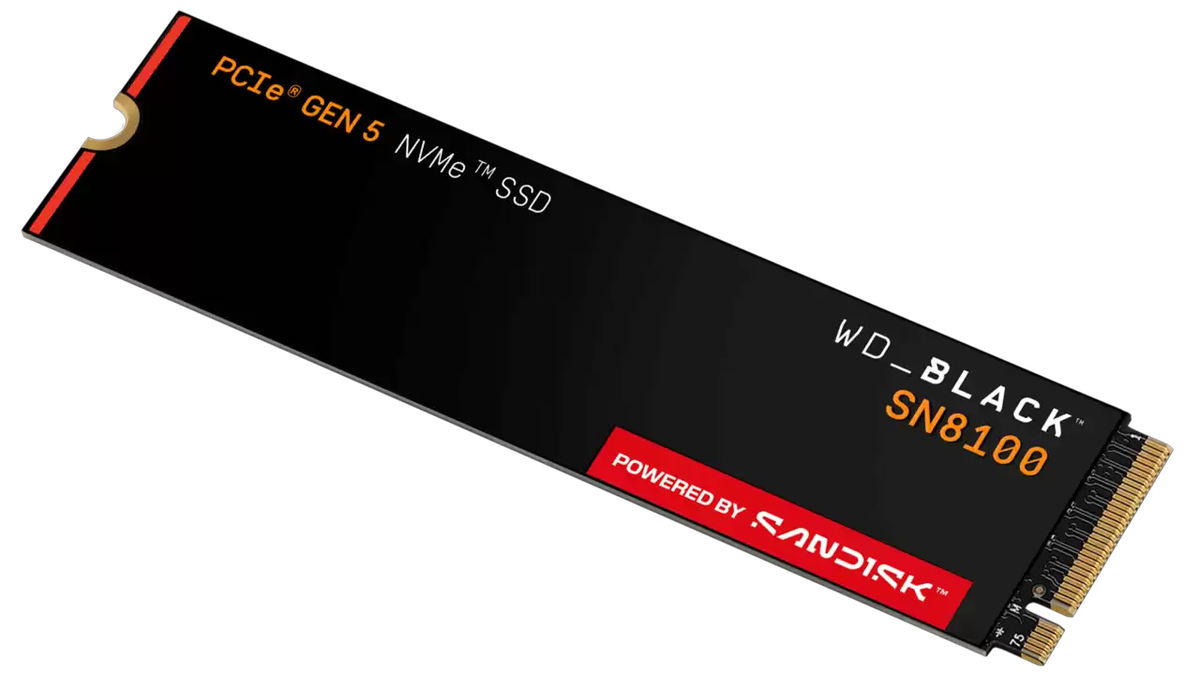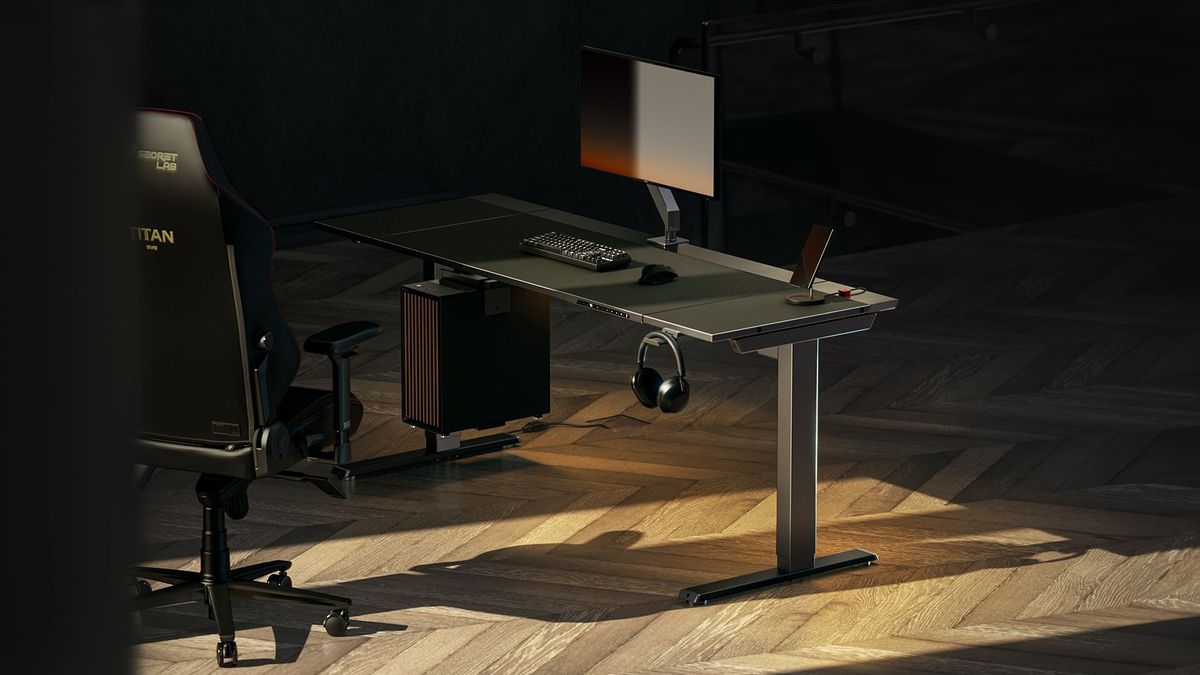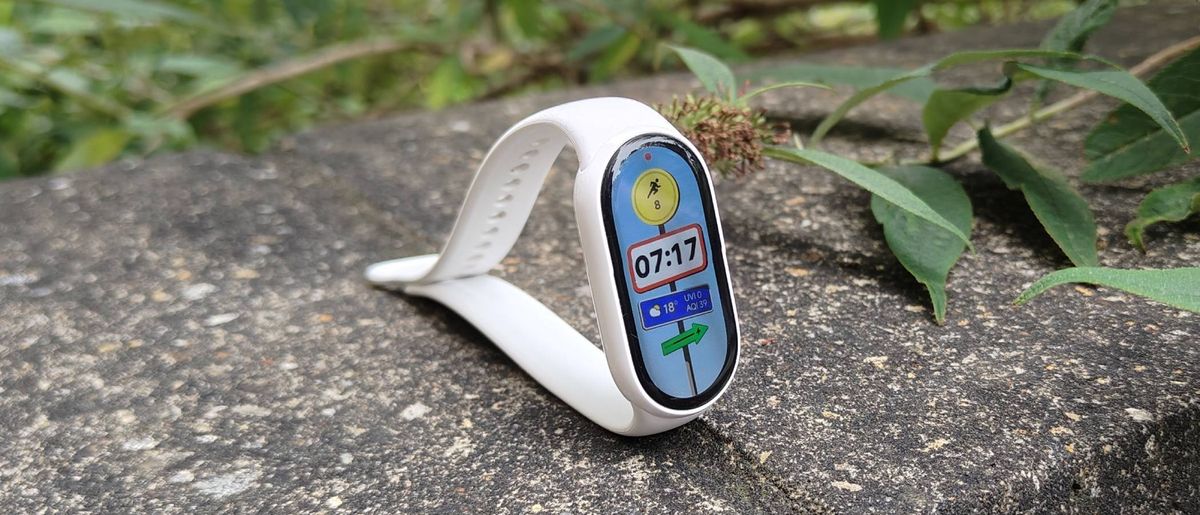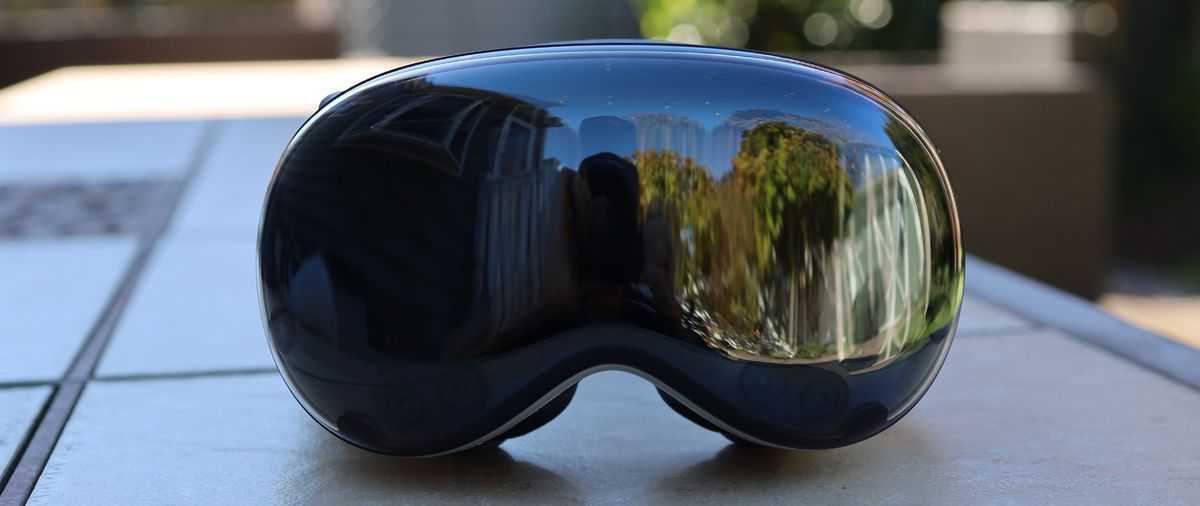Last month, my colleague Liz Lopatto explained how a gummy bear battery bank was taking over the ultralight backpacking world. I’m talking full-grown, outdoorsy adults nerding out about gummy bear merch beating the battery pros at their own game!
Liz and I quickly agreed: We should put it to the test. Could the gummy bear company truly have the best ultralight battery, and could I bring some hard data to prove it?
I soon found out the gummy bear isn’t the one clear winner. If you’re looking for the ultralight champ… it’s complicated.
The same day Liz published her story, I secured three of the lightest “10,000mAh” batteries money can buy: the $25 Haribo gummy bear, the $65 Nitecore NB10000 Gen 3, and the $33 Iniu Pocket Rocket P50.
I readied the pair of pricy Mitutoyo calipers I’ve felt guilty about buying for months, an accurate kitchen scale, and the Power-Z KM003C that lets me log loads of USB-C power data directly to my computer. There would be no place for a lying gummy bear to hide.
Good thing, too, because I quickly spotted some misleading specifications.
Damned lies and specifications
It’s not earth-shattering — every one of these batteries is just slightly heavier, thicker, wider, or lower capacity than the marketing claims. Admittedly, I only tested one of each, not dozens or hundreds, but some of these differences are beyond my margin of error.
The Nitecore is indeed the lightest and smallest, but mine weighs 7 entire grams more than Nitecore claims it should! The Haribo gummy bear is 2 millimeters thicker and weighs 1 gram more than it advertises on Amazon, and 4 grams more than it advertises in Japan. The Iniu is nearly 2 millimeters wider than advertised, according to my measurements.
Ultralight battery comparison
| Claimed weight | 5.29oz (150g) | 5.7oz (165g) | 5.6oz (160g) |
| Measured weight | 5.55oz (157g) | 5.85oz (166g) | 5.6oz (160g) |
| Weight w/ cable | 5.9oz (167g) | 5.85oz (166g) | 5.9oz (167g) |
| Claimed capacity | 38.5Wh | 38.5Wh | 36Wh |
| Measured input | 45.04Wh | 43.43Wh | 38.33Wh |
| Measured useful output | 33.33Wh | 31.48Wh | 31.03Wh |
| Max output | 22.5W | 22.5W | 45W |
| Energy density | 212.3mWh/g | 189.6mWh/g | 193.9mWh/g |
| Energy density w/ cable | 199.6mWh/g | 189.6mWh/g | 185.6mWh/g |
| Time to fully recharge | ~2.5h | ~2.25h | ~2h |
| Recharge rate | 18W | 20W | 20W |
| Actual dimensions | 122 x 59.5 x 11mm | 70 x 59 x 26.5mm | 84 x 54 x 26mm |
| Actual volume | 79.8cc | 109.5cc | 117.9cc |
| Volume in inches | 4.9 cubic inches | 6.7 cubic inches | 7.2 cubic inches |
While all three batteries advertise 10,000mAh of capacity, they’re also a good illustration of why “mAh” is a misleading spec to begin with, as you’ll notice that the Iniu has 36Wh, not 38.5Wh like its peers. (Watt-hours are the “real” measure of capacity, because amps can’t tell you capacity without volts, and the voltage of these batteries differs.) Even so, each of them consumed and delivered different amounts of charge in my test. When I tried to fully charge a Pixel 9 and a Galaxy S25 with each, logging data the whole time, I saw the Iniu transfer around 31 watt-hours, the Haribo about 31.5 watt-hours, while the Nitecore transferred a whole 33.3 watt-hours that way.
So: The Nitecore is the lightest, the smallest, and offers the most electricity. Case closed? Not so fast — because how are you going to charge your phone without a cable?
Even though the Nitecore costs twice as much as its competitors, it doesn’t come with a cable. The Haribo gummy bear is under $30 with a built-in cable, and the Iniu Pocket Rocket is just over $30 with a lightweight detachable cable on a removable lanyard strap.
You might be thinking, “So, what about the price? As a backpacker, I’ll happily pay more for the lightest, most comfortable gear I can get, and I don’t need extra lanyards in my bag.”
But unless you’re a backpacker who already owns incredibly lightweight USB-C to USB-C cables, this means the Nitecore and Iniu effectively weigh even more than the companies claim. With the Iniu’s five-gram braided nylon cable and lanyard, it weighs 5.9oz (167g) in total, not 5.6oz (160g). The Nitecore weighs the exact same 5.9oz (167g) after I add the lightest and shortest 10-gram cable in my house, which seems fair given that Nitecore’s own lightweight cable, sold separately, weighs 10 grams as well.
And if you want to charge the gummy bear battery while you’re out on the road, you’ll need a second cable too. You can’t charge it with its built-in cable. That seems like a huge oversight.
Overall, the Nitecore still offers slightly more energy per gram than the gummy bear, assuming one cable per battery. But we’re talking about 10 milliwatt hours per gram. And that’s if the Nitecore doesn’t overheat when you’re trying to transfer that energy.
When I tried to charge my Galaxy S25 twice with each of these batteries — the reason I’d actually take them into the wild — I found the Nitecore would heat up and then stop charging my phone in the middle of its second charge of the day. As a result, it delivered less energy than the gummy bear in the end. I got 1.72 charges from the Haribo, but the Nitecore stopped at 1.42 charges, and then gave me an extra 20 percent (1.62 charges in total) after I plugged the phone back in. To be clear, the overheating only happened when the Nitecore was running low on charge.
I don’t always hate the extra heat. I suppose it could double as a pocket warmer in the wild — and speaking of pockets, it’s the only one of these batteries that’s slim and flat enough to fold against my phone in a pocket without producing a big bulge.
But the Haribo and Iniu didn’t overheat or pause while charging. Not even when I plugged the Iniu into my Steam Deck to use its own unique feature — the ability to briefly provide 45W of power to a beefier gadget like a Steam Deck or lightweight laptop. I charged up my Steam Deck from 0 to 51 percent that way. It spent most of that time at a slower 30W, rather than 45W, but the other batteries wouldn’t even begin to charge devices that hefty.
I doubt the Haribo and Iniu are as durable as the Nitecore, with their eggshell plastic frames instead of carbon fiber, and I appreciate the Nitecore’s bouncy rubber corners to protect against drops. It’s the only one of the three that claims IPX5 (read: rain, splashes, small jets) water resistance, too. Overall, I certainly wouldn’t call the Nitecore a worse charger than the competition; it’s just more expensive and has a number of tiny tradeoffs.
At less than half the price, with more reliable charging and a built-in cable, I’d probably choose the gummy bear instead. And for just a few dollars more, with a cable that lets it charge bigger gadgets and be charged without needing a second cord, the Iniu Pocket Rocket is my pick. I bought all three batteries with my own money, but it’s the only one I’m keeping.
Follow topics and authors from this story to see more like this in your personalized homepage feed and to receive email updates.

 4 hours ago
6
4 hours ago
6









 English (US) ·
English (US) ·